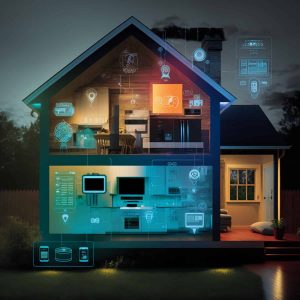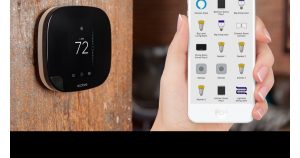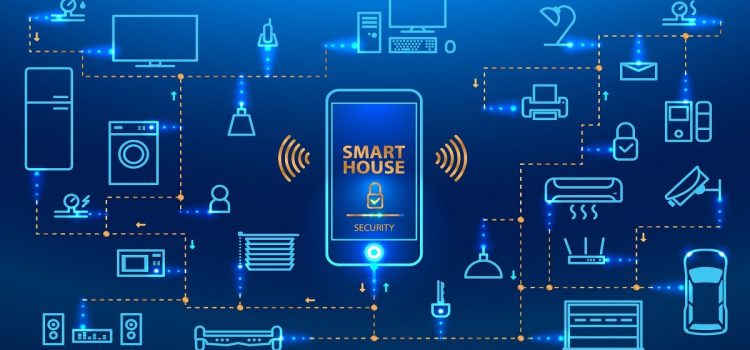
In 2024, smart home devices have revolutionized the way we interact with our living spaces. From AI-powered assistants to integrated security systems, these technologies continue to shape modern homes. This article explores the evolution of AI home devices, highlighting their impact on convenience, security, and sustainability.
1. Introduction to Smart Home Devices

AI home devices encompass a wide range of gadgets designed to automate and enhance daily tasks within homes. They connect to the internet and each other via wireless protocols, allowing for remote control and automation through smartphones or voice commands.
2. Early Innovations and Adoption
The journey of Iot home devices began with basic automation features such as remote-controlled thermostats and lighting systems. Early adopters were drawn to the convenience and energy-saving potential these devices offered, paving the way for rapid advancements.
3. Expansion of IoT Ecosystems
The Internet of Things (IoT) has played a crucial role in expanding smart home capabilities. Devices can now communicate seamlessly with each other, creating integrated ecosystems where data exchange and automation are key features.
4. Integration with AI and Machine Learning
Advancements in artificial intelligence (AI) and machine learning have propelled Iot home devices to new heights. AI-powered assistants like Alexa and Google Assistant not only control devices but also learn user preferences over time, providing personalized experiences.
5. Enhanced Security Features
Security concerns have been addressed with the integration of smart home devices. Advanced surveillance cameras, smart locks, and motion sensors offer homeowners peace of mind through real-time monitoring and alerts sent directly to their smartphones.
6. Energy Efficiency and Sustainability
Smart home technology contributes to sustainability efforts by optimizing energy use. Devices like smart thermostats regulate heating and cooling based on occupancy and weather conditions, reducing energy waste and carbon footprints.
7. Accessibility and Universal Design
Accessibility features in smart home devices cater to users with disabilities or specific needs. Voice-controlled interfaces and adaptive technologies empower users to independently manage their environments, enhancing overall quality of life.
8. Consumer Trends and Market Growth

The demand for Iot home devices continues to grow as consumers prioritize convenience, safety, and efficiency. Market innovations include affordable starter kits and modular systems that cater to diverse household needs and budgets.
9. Challenges and Future Prospects
Despite their benefits, smart home devices face challenges such as data privacy concerns and interoperability issues between different brands. Future developments aim to address these challenges while expanding functionalities and improving user experiences.
10. Conclusion: The Future of Smart Home Devices
Looking ahead, Iot home devices are poised to become even more integral to daily life. As technology advances, expect further integration with wearable devices, enhanced AI capabilities, and a broader range of applications across industries.










